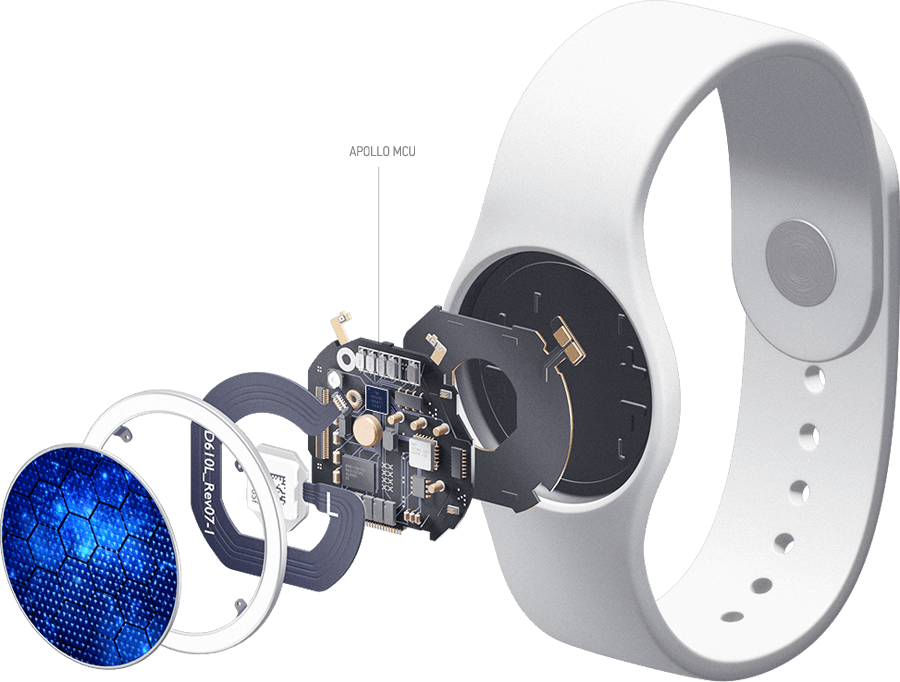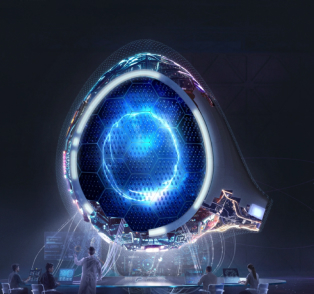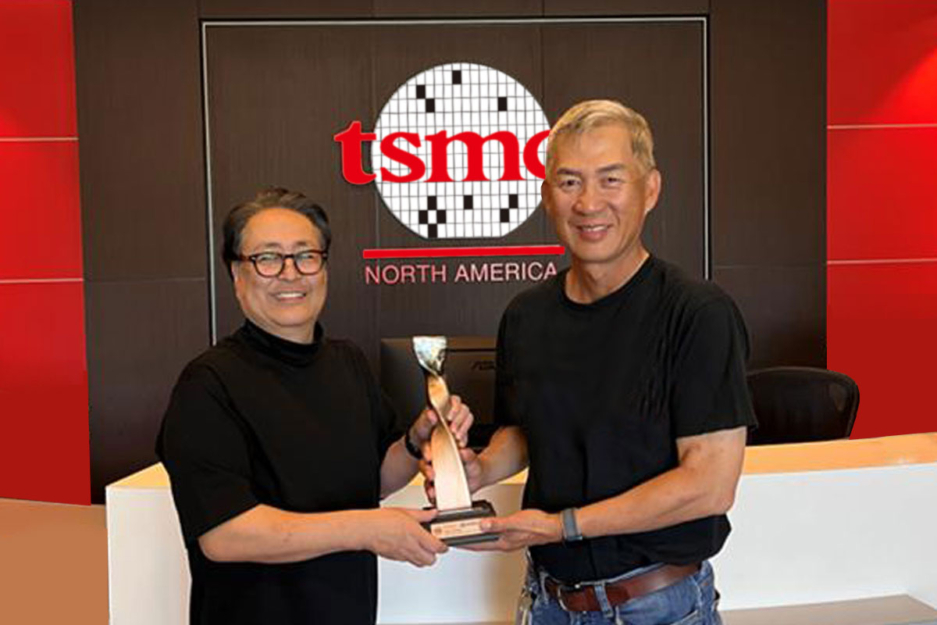
This continues to be excess of 3 men over a mission towards the Moon; far more, nonetheless, compared to the endeavours of a federal government and business staff; much more, even, in comparison to the efforts of 1 nation. We think that this stands to be a symbol with the insatiable curiosity of all mankind to investigate the unfamiliar .
RTC 01 The Ambiq® genuine-time clock could be the field chief in electricity management, functioning as an especially low electrical power "retain-alive" supply to the method and bypassing the necessity for the principle MCU to power down the machine to conserve electric power.
When loaded, appreciably in excess of 90 percent of the mass of your phase was propellant; nonetheless, the ultra-light-weight layout had led to 2 failures in structural screening. As opposed to getting an intertank composition to individual the two gasoline tanks as was accomplished within the S-IC, the S-II made use of a typical bulkhead that was manufactured from equally the very best in the LOX tank and bottom of your LH2 tank.
Goals to the Apollo 4 mission have been to realize flight knowledge to the Saturn V and spacecraft structural integrity and mutual compatibility, together with on flight hundreds And through the separations as Each individual Saturn V phase was fatigued and was discarded.
Immediately after appreciable debate inside NASA, it was decided in late 1962 that lunar missions would've a "lunar orbit rendezvous" method whereby the entire Apollo spacecraft could be propelled towards lunar orbit via the 3rd stage on the start auto, the S-IVB. As soon as in lunar orbit, the astronauts who would land would enter what was then often known as the Lunar Excursion Module, which would different from the remainder of the spacecraft, land, and after having off yet again be discarded once the crew experienced transferred back.
Meanwhile, on May well 24, engineers at the North American plant identified hairline cracks in propellant tank welds of another S-II stage. The next day, staff in the VAB began the next destack with the rocket, removing the S-II stage on June 3 for thorough inspections. Considerable X-ray and dye penetrant tests uncovered no cracks, and staff commenced re-assembling the rocket on June eighteen. Engineers in the MSOB finished the wiring perform in CM-017, reassembled it with its other parts, and returned it to your VAB where by ground crews stacked the spacecraft for the final time on June twenty. The stacking, unstacking, and restacking procedure had taken 8 months.
This Template lists historical, recent, and long run House rockets that a minimum of when attempted (but not automatically succeeded in) an orbital start or that happen to be prepared to aim this kind of start Sooner or later
The requirement to the Solar angle was specifically restrictive, restricting the launch date to someday monthly.[eighty three] A landing just after dawn was picked to Restrict the temperature extremes the astronauts would encounter.
Some parts of this site usually are not supported on your present-day browser Edition. Make sure you enhance to some the latest browser Edition.
About 38 seconds soon after the 2nd stage ignition the Saturn V switched from a preprogrammed trajectory into a "shut loop" or Iterative Guidance Mode. The instrument device now computed in authentic time essentially the most gasoline-economical trajectory toward its goal orbit.
Throughout the mission, the bring about was diagnosed because the rendezvous radar swap getting in the wrong placement, causing the computer to process knowledge from both the rendezvous and landing radars simultaneously.[121][122] Software engineer Don Eyles concluded in the 2005 Guidance and Handle Meeting paper that the trouble was as a consequence of a hardware layout bug Beforehand observed through screening of the first Ultra low power mcu uncrewed LM in Apollo five. Possessing the rendezvous radar on (so it absolutely was warmed up in case of an emergency landing abort) must have been irrelevant to the pc, but an electrical phasing mismatch between two areas of the rendezvous radar process could cause the stationary antenna to appear to the computer as dithering forwards and backwards between two positions, depending upon how the components randomly run up.
Apollo 4 was an "all-up" take a look at, indicating all rocket levels and spacecraft ended up absolutely purposeful on the initial flight, a first for NASA. It was the first time the S-IC first stage and S-II 2nd stage flew.
Armstrong then jumped on to the ladder's third rung, and climbed in the LM. Following transferring to LM everyday living assist, the explorers lightened the ascent stage to the return to lunar orbit by tossing out their PLSS backpacks, lunar overshoes, an empty Hasselblad digital camera, as well as other devices. The hatch was closed all over again at 05:11:thirteen. They then pressurized the LM and settled down to snooze.[163]
If it had been to remain on the same trajectory as the spacecraft, the S-IVB might have offered a collision hazard, so its remaining propellants have been vented as well as the auxiliary propulsion program fired to move it absent. For lunar missions in advance of Apollo 13, the S-IVB was directed toward the Moon's trailing edge in its orbit so that the Moon would slingshot it further than earth escape velocity and into photo voltaic orbit.

Get Smart. Use Less Energy.
Ultra-low power SoCs for IoT endpoint devices
that demand complex operations
and longer battery life.
✍ Ambiq® is committed to further improve the quality of life by enabling the intelligence of endpoints while further reducing carbon footprints. Ambiq – your partner in endpoint intelligence.
✯✯✯Based in Austin, San Jose, Hsinchu, Shenzhen, and Shanghai, our leadership and management teams consist of advocates, builders, enthusiasts, entrepreneurs, explorers, incubators, inventors, pioneers, protectors, thinkers, and visionaries. With a diverse spectrum of experiences and skillset, we came together and united with one goal to enable the true Internet of Things where the battery-powered endpoint devices can truly be connected intuitively and intelligently 24/7.
Ambiq Wins the Demo of the Year Award at 2023 TSMC Technology Symposium
September 7, 2023, Austin, TX – Ambiq®, a leading developer of ultra-low-power semiconductor solutions that deliver a multifold increase in energy efficiency, was awarded the Demo of the Year Award by TSMC as a participant of the Innovation Zone at the 2023 TSMC North America Technology Symposium.
Ambiq Wins the Demo of the Year Award at 2023 TSMC Technology Symposium
During the April event, Ambiq showcased various product design wins using TSMC’s 22nm technology in wearables, digital health, smart home, Industrial IoT, pet trackers, and retail segments, with industry-leading energy efficiency. Ambiq also featured two live demos emphasizing its leadership in enabling endpoint AI with its HeartKit™ for remote patient monitoring and its graphics display capabilities for a vivid user interface.

TSMC pioneered the pure-play semiconductor foundry business model when it was founded in 1987, helping startup companies accelerate their innovations by providing access to the industry’s leading process technologies and manufacturing capacity. Since 2021, TSMC has expanded that mission with an Innovation Zone at its worldwide Technology Symposiums, highlighting how TSMC partners with startup companies to enable cutting-edge products from various applications, including high-performance computing, communication, automotive, IoT, and consumer segments.
“We’re grateful to TSMC and our booth visitors for allowing us to share our energy-efficient technology and processor solutions with them,” said Ambiq’s CEO, Fumihide Esaka. “We’re moving towards an exciting frontier of AI becoming more engrained with our daily lives. With that vision on the horizon, we will continue to develop innovative and first-of-its-kind ultra-low-powered solutions that keep innovation and sustainability in mind.

Ambiq’s mission is to develop the lowest-power semiconductor solutions to enable intelligent devices everywhere by developing the lowest-power semiconductor solutions to drive a more energy-efficient, sustainable, and data-driven world. Ambiq has helped leading manufacturers worldwide develop products that last weeks on a single charge (rather than days), while delivering a maximum feature set in compact industrial designs. Ambiq’s goal is to take Artificial Intelligence (AI) where it has never gone before in mobile and portable devices, using Ambiq’s advanced ultra-low power system on chip (SoC) solutions. Ambiq has shipped more than 200 million units as of March 2023.
Ambiq Designs Low-Power for Next Gen Endpoint Devices
Ambiq’s VP of Architecture and Product Planning, Dan Cermak, joins the ipXchange team at CES to discuss how manufacturers can improve their products with ultra-low power. As technology becomes more sophisticated, energy consumption continues to grow. Here Dan outlines how Ambiq stays ahead of the curve by planning for energy requirements 5 years in advance.
Ambiq Highlights From Embedded World 2024
Facebook | Linkedin | Twitter | YouTube